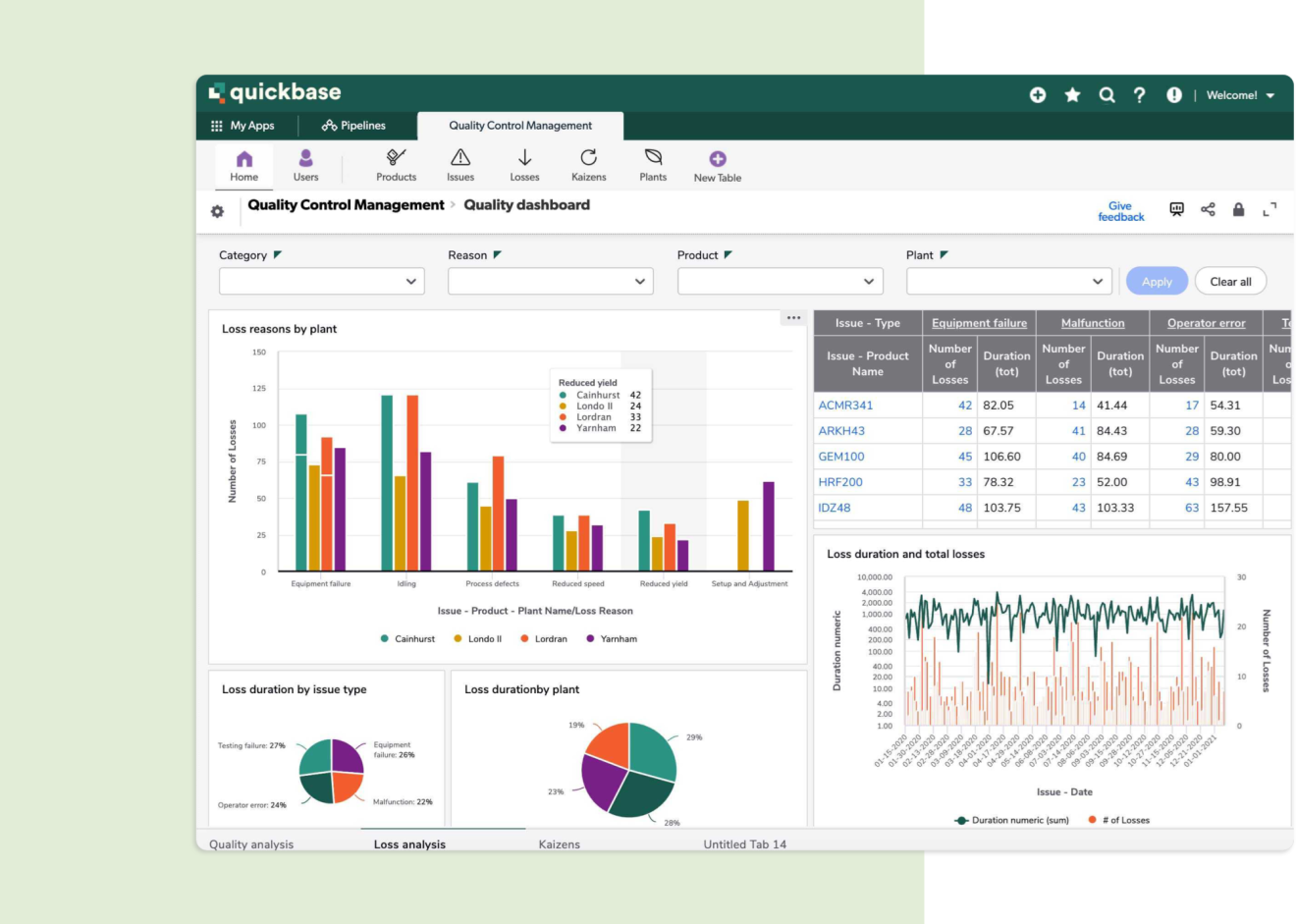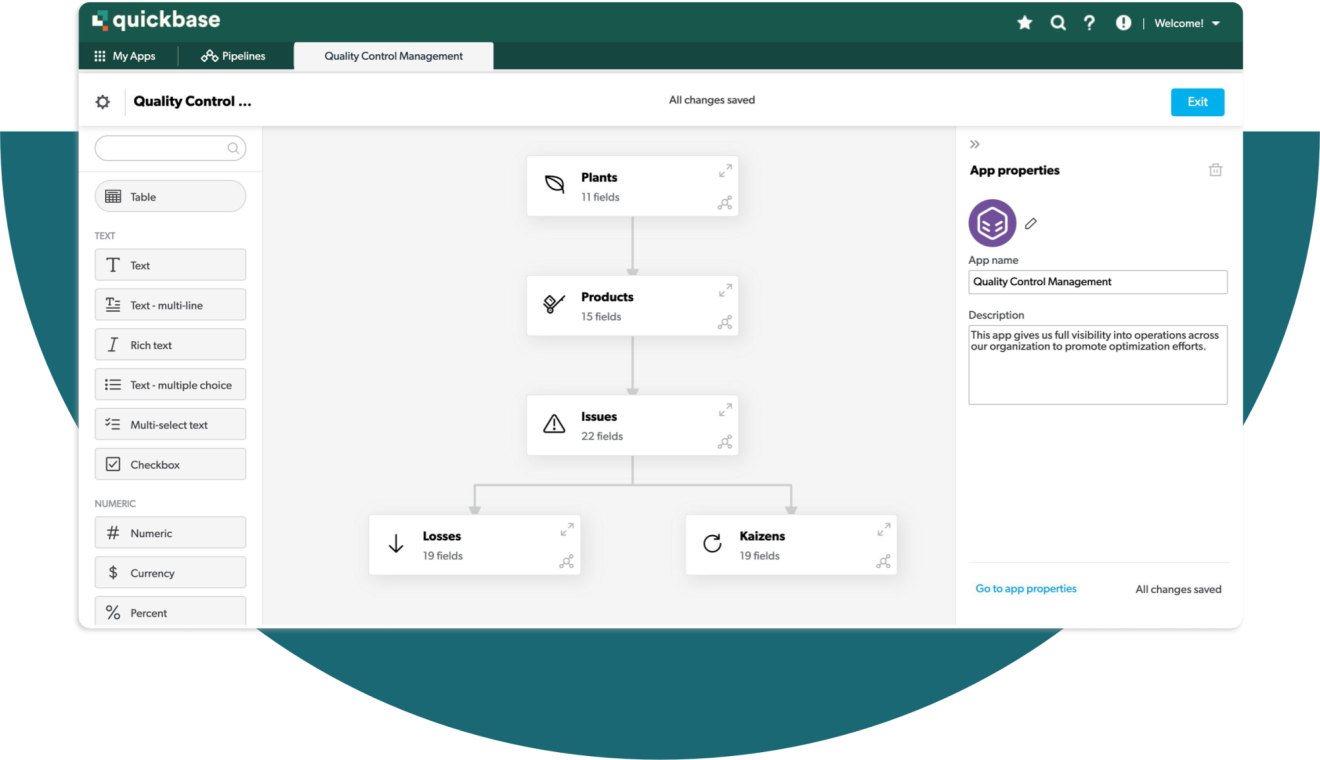What is low-code?
Low-code is a modern agile way to build and continually improve business applications that better matches the pace of change in today’s digital business environment.




The best low-code platforms are places where IT and the lines of business partner on new approaches for building applications that solve complex business problems. This can help IT stay ahead of business requests, and frees up time for scarce, highly skilled IT resources to work on the most complex and specialized digital transformation efforts.

The term “low-code” was first coined in 2014 by Forrester and used to define development platforms focused on simplicity and ease of use. Since then, the low-code market has exploded with products designed to make IT developers more productive and turn those without a software development background into business application developers.
The digital world is rapidly evolving and traditional coding is creating a barrier between organizations and their big ideas. The only ways to get over that barrier are to learn to code, or to use a low-code development platform.
Low-code development platforms focus on ease-of-use and a visual app building approach so business professionals can utilize them for creating their own solutions. This means that those closest to business problems can be empowered to quickly turn ideas into action, with point-and-click simplicity.
In today’s fast pace world where every business is a digital business, application development is becoming a core competency of every company. Businesses need to stay ahead of increased competition, keep pace with customer demands and find new ways to grow. Low-code is an approach to addressing these challenges.
Maximize the effectiveness of every employee by delivering real-time, actionable insights across systems in in a highly personalized manner
Improve speed and agility by making it easy for everyone to continuously innovate in an application ecosystem on a single platform
Reduce IT complexity & costs by eliminating traditional IT development burdens, bolstering security and standardizing governance on one platform rather than across many applications
Low-code is a well-defined category of application development platforms designed to make application developers faster and more productive. No-code is more like a feature of low-code where visual techniques are used to develop parts, or the whole, of an application.
Gartner views “no-code” application platforms as part of the Low Code Application Platform (LCAP) market. Gartner calls “no-code” a marketing and positioning statement, implying that the platform requires text entry only for formulas or simple expressions, with all other aspects of development being enabled by visual modeling or configuration. Gartner’s LCAP market definition includes such no-code platforms.
Whether you call it low-code or no-code, the most important factor is what skill set is needed to build applications with the platform. Forrester divides the market of low-code platforms into two parts: those designed for “business developers” and those designed for “professional IT developers.”
Improved agility: Because they’re visual in nature, creating apps with low-code allows for a more agile, effective process.
Decreased costs: Building apps and programs in less time saves companies a lot of money. It reduces the need for more developers—saving money on labor and employment. And, because of its ability to make nearly every task more efficient, entire organizations become more productive—increased productivity = more money.
Better customer experience: Low-code innovation is fast and effective, allowing companies to keep pace with the changing landscape of customer wants and need. Happier customers means loyal customers, and loyal customers create profit for life.
Tech talent gap: As the tech talent gap widens, low-code allows businesses to begin closing the gap without spending crazy amounts of money.
Decreased development time: On average, users can minimize the development period of apps by 10 times (compared to traditional methods), bringing products to market faster.
Automation: Like everything else in business and life, automation keeps things simple and ensures most hiccups are avoided. Low-code has operational features that can accelerate the development of the products and empower business experts who know the silos of data and process start to build-up.